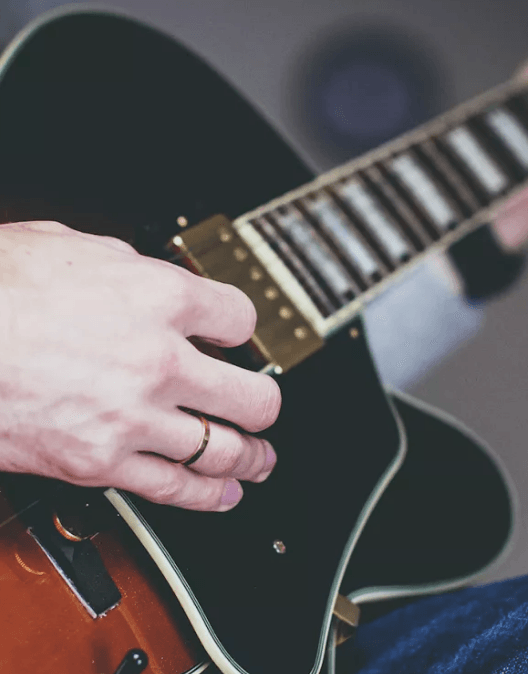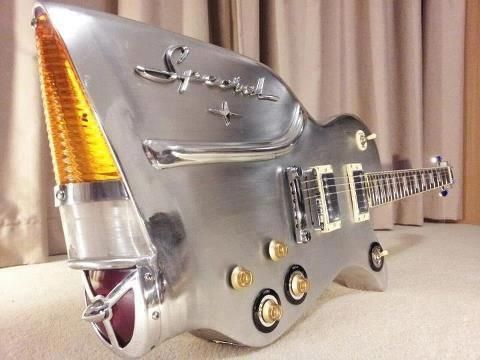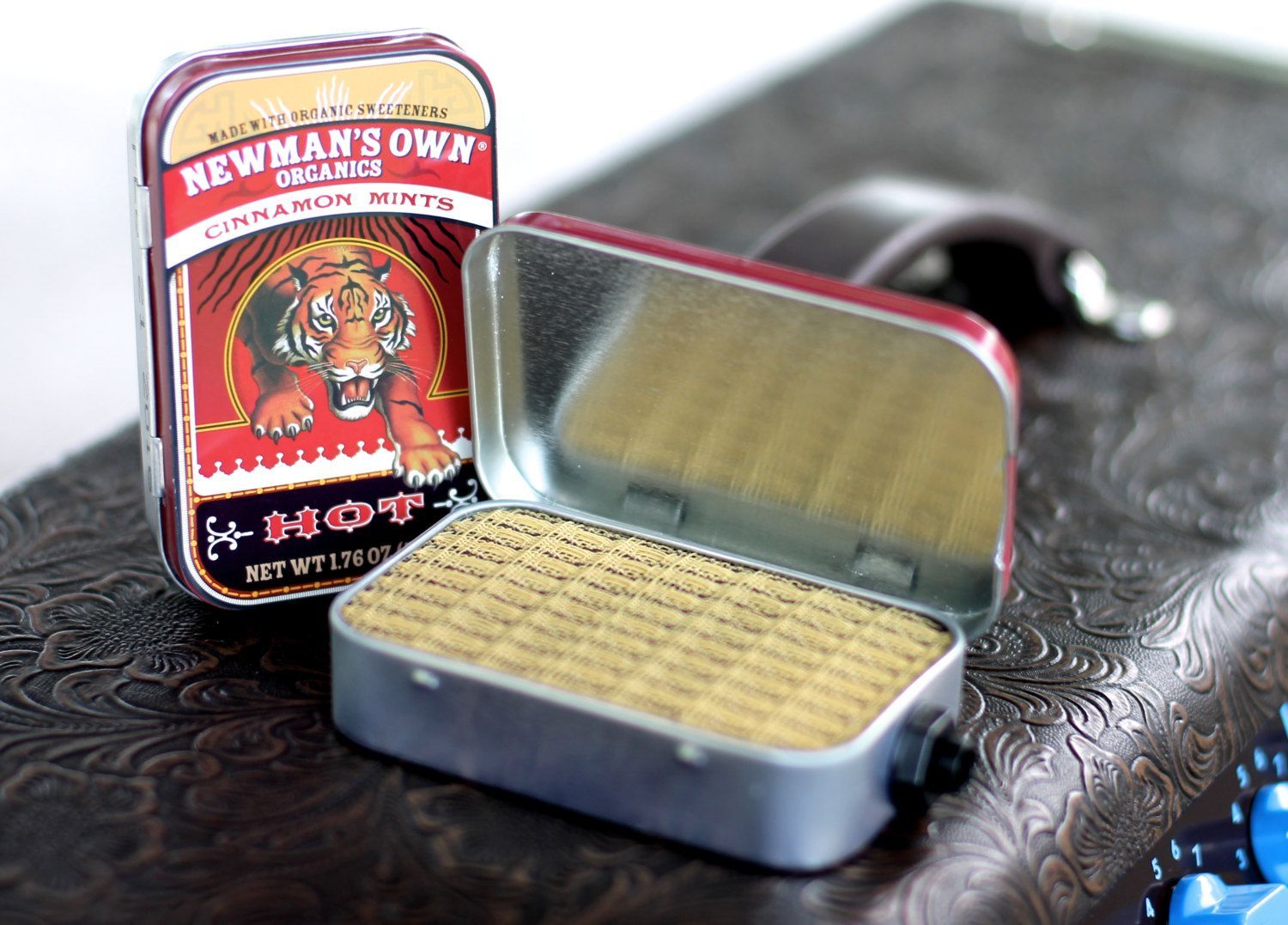What Guitar Picks Do The Pros Use?
It all depends on each musician and what they look for in a guitar pick. Many pro guitarists will honestly take any guitar pick they have on hand, but if they understood the differences, they might think twice about what to play a guitar with.
Every type of guitar pick has a different sound to them just like the differences of a guitar, or amp, or guitar cables even. There are a few good general differences to consider when choosing a great guitar pick that a pro guitarist would use~
When picking out a perfect guitar pick for your personal playstyle, you want to look for a few things:
- Material
- Thickness
- Guitar Pick Grip or No Grip
- Guitar Pick Tip
- Guitar Pick Shapes
Material
The material of a guitar pick plays a huge factor on the overall timbre of what you're playing so this should be one of the first things to consider when selecting a preferred guitar pick. Here are a few of the popular materials used:
Dunlop Tortex 12pk (Amazon)
Acetal
Acetal guitar picks are the typical matte finish picks like the Tortex picks made by Dunlop. Decent picks, and since they're matte they have a better grip and don't slip as easy compared to others.
Fender 351 Classic 12pk (Amazon)
Celluloid
Celluloid Guitar picks are the general cheaper guitar picks that stores and other events give away to market themselves. These picks can sound great and come very inexpensive, but for those with sweaty hands or those that don't have a firm grip - these guitar pick suckers will slip out of your fingers alot.
Dunlop Nylon Medium 12pk (Amazon)
Nylon
(These are the ones we typically use) Nylon guitar picks are some of the best sounding guitar picks all around. They have a less-intrusive sound when plucking on the guitar strings. Many other picks tend to have a 'plastic-tick' sound when playing, while nylon picks typically bring out only the string sound.
Jim Dunlop 8012 12pk (Amazon)
Felt
Felt picks are just what they sound like - they are typically made of compressed fabric. They give a muted sound to playing - this can be great if used for specific things but usually are used on specific occasions.
D'Addario 1AR7-03 3pk (Amazon)
Acrylic
Acrylic pics are another type of guitar pick that is given out alot, though on a higher end compared to celluloid picks. These picks tend to be on the thicker side and are transparent. These have the most prominent 'plastic-tick' sound when played. Some guitarists appreciate the tick sound though as they use to it to their advantage in bringing more of a rhythm to their guitar playing.
US Blues T3-GripEL 3pk (Amazon)
Wood
Wood guitar picks are more on the pricier side as it costs more to make these guitar picks. Wood picks sound fantastic, but they typically wear down quick, tend to slip as well, and not as flexible so guitarist usually will only use these on specific occasions like recording in the studio.
Thickness
The thickness of a guitar pick plays a HUGE part in the way you play guitar. If you like to play lead guitar, you want to lean toward a
heavy (>1.2 mm) guitar pick as you typically will be playing notes very quickly and precisely. Having a thin guitar pick would make it much more difficult to play lead as the pick flexes much more easily and wouldn't have a more defined sound for the notes.
If you want to be more fluid with chords and have a fuller rhythm guitar play -
thin (< 0.8 mm) guitar picks will help as they give a flowy, more confident sound to playing full chords. Thin picks do tend to break much more easily compared to heavier picks so if you are heavy-handed, you might want to consider a slightly thicker guitar pick for rhythm.
If you want to play both lead and rhythm - it would probably be best to go for a
medium (0.8 - 1.2 mm) thickness as this will give the best of both worlds. With a medium guitar pick you can have the fluid strum behind the chords and the strength behind playing decent guitar leads.
Guitar Pick Grip or No Grip
We touched on this a little earlier, but having picks with grip should be a factor when picking a guitar pick. Most guitarists, even pro guitarists, tend to have sweaty hands when playing which leads to dropping picks and an awkward moment of searching for the guitar pick on the ground (or quickly grabbing another pick from a microphone stand pick holder).
Having grips or texture on the guitar picks helps tremendously with ensuring the pick remains in hand when playing. They do cost a tiny bit more than basic picks but you will keep them for much longer rather than losing them to the 'Abyss' - aka floor where you will never see it again.
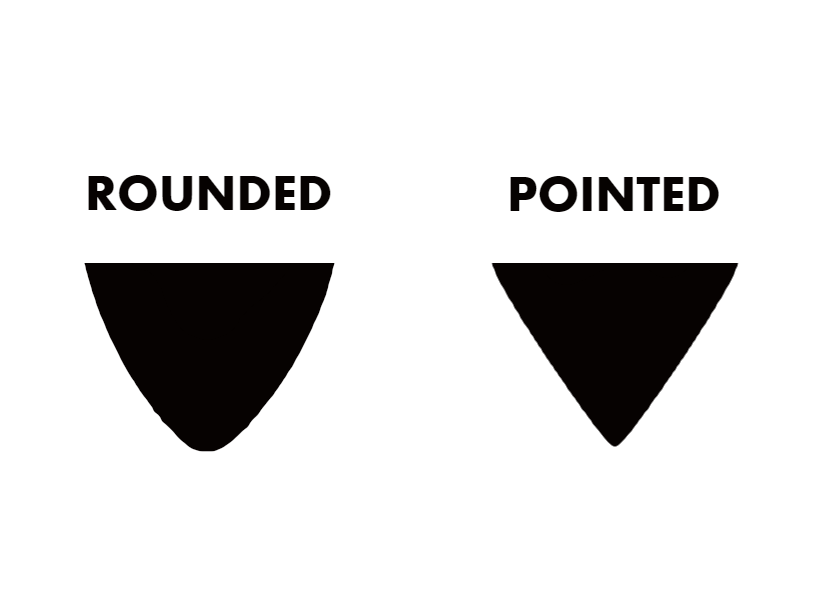
Guitar Pick Tip
The tips on guitar picks play a factor as well. Having a
pointier guitar pick can add speed to guitar playing as they hit the note and flex back at a higher rate of speed. Pointy guitar picks, however, will tend to crack or gain small breaks which will get caught on the string which can be annoying so you will typically have to change out pointier tip picks more frequently.
Rounded
tip guitar picks last much longer as they are less likely to crack or break, but they take a little more action from your wrist to play more precise and they are not as fast.
Guitar Pick Shapes
Now unique guitar pick shapes really fall on the guitar players preference as once you understand basic differences of each type of guitar pick, the pick shape relies on how you handle your pick in your hand, size of your fingers, and playstyle.
Choosing the best guitar picks for beginners and pros alike is noticing the small differences which make a big difference in your guitar playing and overall sound.
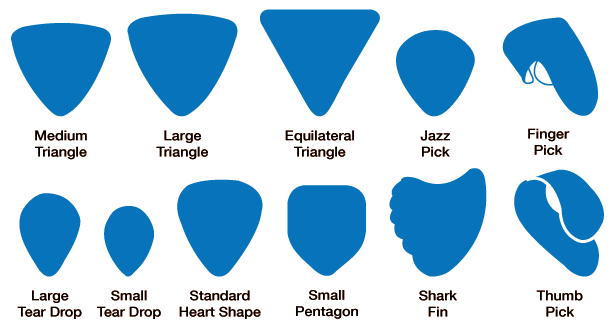
Buying Guitar Picks Online
It's a good thing to note the best deals for guitar picks (and other guitar equipment) is online. You can buy them in bulk and cut out the middle-man pricing - which is great. We recommend once you know what guitar pick best suit you, to buy them in bulk so you will always have your preferred guitar picks on hand whenever you need them.
Related Articles
Guitar Buying Guide For Beginners
Looking for a great first guitar and don't know what to get? This guide will lead the way.
